Walmart uses its own proprietary software based on the SUSE Linux Enterprise Point Of Service, also known as the SLEPOS system. Their mobile POS is also part of their own build.
One of the biggest parts of the company’s technological backbone seems to be the use of the right POS system. This makes sense, since the company has one of the most impressively high sales volumes in history. The right POS would need to handle high sales volumes and also deliver data for analytics purposes. But, what POS do they use?
Contents
The POS System That Walmart Uses
It should come as no surprise to anyone that Walmart made a point of creating proprietary software for their POS. The proprietary POS is primarily based on the SUSE Linux Enterprise Point Of Service, but has additional features to help enhance the company’s scalability and analytics.
Most people would call this system the Walmart SLEPOS system. It’s designed to help unify admin tools and provide multi-branch data storage. In other words, data gets to be store at both a local and national level.
It’s also worth noting that Walmart also has a mobile POS as part of their build. It’s called “Check Out With Me” and comes with portable Bluetooth printers.
The Purpose Of Walmart’s SLEPOS Build
While Walmart’s POS is meant to help people check out, that’s not the only primary goal that it has. It’s meant to be a massive data-collecting machine that streamlines inventory decisions, ensures a speedy checkout, and optimizes costs through heavy analytics.
Everything about the Walmart POS is made to help scale things upwards. Data can be accessed by store, by locality, by state, or by a national level. Each data point is also run through several different analyses to help predict demand as well as stocking requirements. In other words, it adjusts the stock scheduling according to each store’s needs.
The Features Of Walmart’s POS
One thing that is very clear from Walmart’s take on SLEPOS is the need for data. However, that’s not the only feature that was programmed into this highly robust machine. The top features that make Walmart’s POS so powerful include the ones below:
- Check Out With Me. This is a mobile POS that can be accessed through a Bluetooth connection and a cellular device. The mPOS version of the POS is designed for easy checkouts in the Garden Center, and can also reduce the workload of employees.
- Walmart’s POS can be accessed from virtually any smartphone that is owned by an employee. This includes using smartphone apps for productivity as well as apps that make scanning items faster. This is a push to help save on rising terminal costs, but can also be seen as a way to improve the system’s efficiency.
- Unified Admin Tools. To ensure that the company has all the expertise they need, all admins are given the same tools for efficiency.
- Every single item that is scanned at a Walmart is reported and recorded in realtime. This maximizes the effects that analytics can have on stores. Data is stored in multiple areas, and is geared towards buying pattern prediction.
- Walmart’s Retail Link®. This is an online tool that has many of the analytics and data reporting features of the SLEPOS system, but is geared towards the suppliers. This bolsters the suppliers’ ability to stock Walmart to their full capability and prepare shipments as necessary.
Is Using The Walmart Terminal For Your Business A Good Idea?
Technically, the full SLEPOS build is only available for people who want to work at Walmart or for the stores that are part of the network. However, suppliers who work with Walmart are able to access a large portion of the platform through Walmart’s Retail Link®.
If you are a supplier who works with Walmart, you will be able to access the Retail Link. That’s great for companies who want to see a higher profit margin. However, the full Walmart version of this open-source software is proprietary, which means that you cannot get it outside of Walmart.
With that said, there is nothing stopping anyone from programming their own SLEPOS-based POS on their own. However, most companies will not need to do this in order to get their needs met.
When Does Using SLEPOS Make Sense?
Walmart’s SLEPOS system belongs to Walmart. Since the company does not allow people outside of the corporation to use it for their own businesses, it’s off-limits. If you were to try to program your own version, it would be possible to create a similar platform.
However, most companies are not going to need to do that. This is because the vast majority of businesses out there are nowhere near as large as Walmart, nor will they ever really need that scalability.
Programming your own SLEPOS-based POS is something that is exceedingly expensive to do. In most cases, the money that you invest in your system will not be met with an equal return on investment.
The truth is, it’s cheaper to look for a more reliable POS that’s already on the market and already equipped with high-end analytics. Besides, do you *really* need to have such a massive, scalable system? Unless you have several thousand stores, the answer is no.
The Summary
Walmart’s notoriety for using analytics is not exaggerated, and that’s precisely why they decided to create their own POS. The fact that they have proprietary programs to bolster their data collection as part of their POS is just a testament to how much emphasis they place on technology.
Because Walmart tends to be extremely protective of their POS, it’s highly unlikely that it will give the full kit up for companies that want to buy it. So, unless you are currently working as a supplier for Walmart stores, there is very little chance of coming into contact with any portion of the company’s wares.

